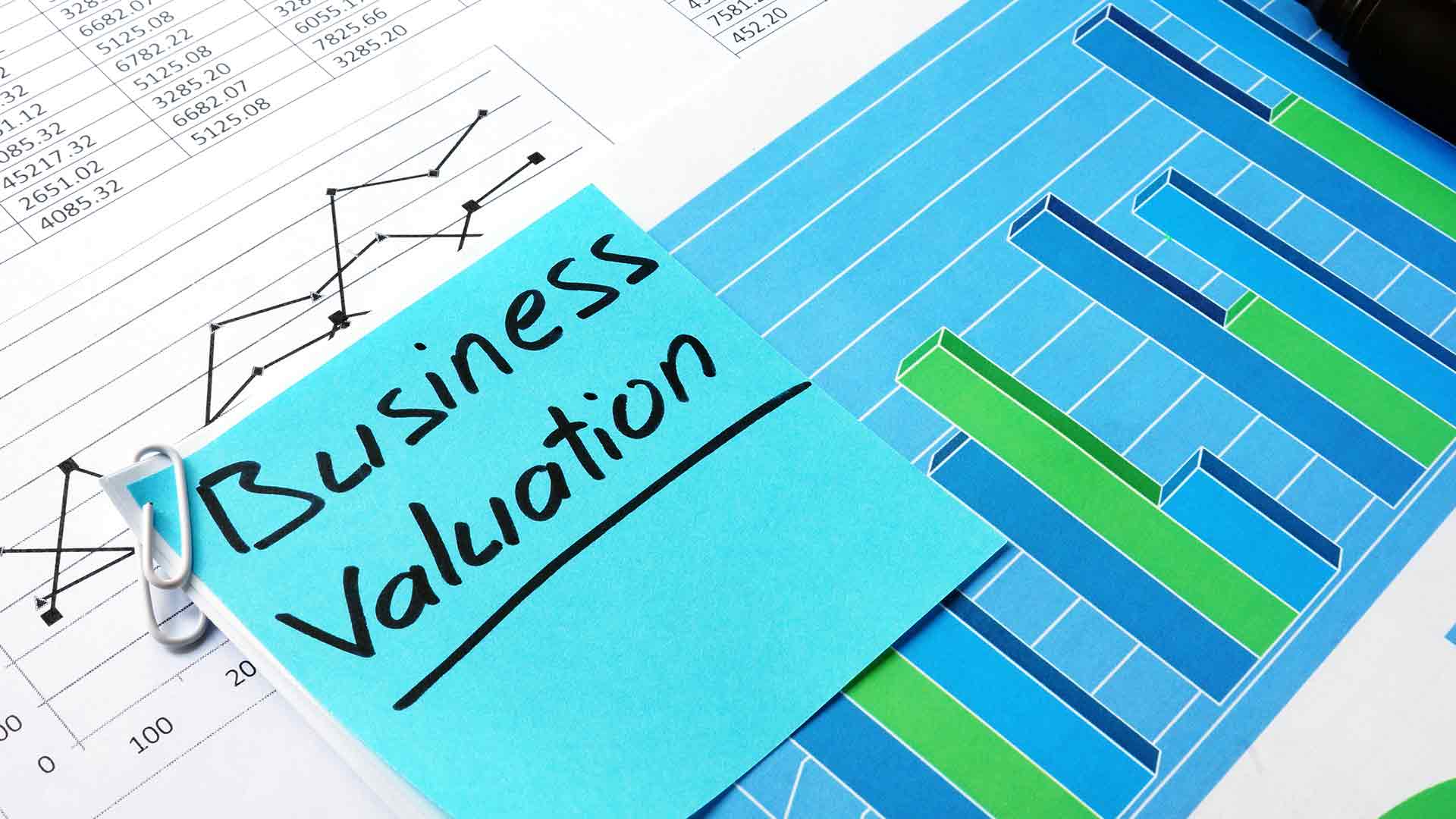What value does a company have? More specifically, what value does your company have? Maybe you’re thinking about selling it one day, maybe you’re thinking about making an investment, or maybe you just want to know what someone else would pay if they wanted to buy it from you. In any case, finding out how much something is worth can be very difficult if you don’t know how to do it correctly! Fortunately, this guide will walk you through the art and science of determining How To Value A Company in just about any situation.
Method 1 - Discounted Cash Flow
The discounted cash flow (DCF) method is the gold standard for valuing a company. It's a projection of all the cash that a company will generate in the future, discounted back to today's value. It takes into account everything from interest rates to capital expenditures and taxes, but is complex enough that most people don't even try it. If you're going to go this route, you need a team of professionals who can crunch the numbers.
Method 2 - Multiples Method
This method is based on the idea that similar companies are worth similar amounts. So, if you can find a comparable company, you can use its value as a starting point for estimating the value of your company. To do this, you'll need to gather data on comparable companies, including their market capitalization (the total value of their outstanding shares). Once you have this information, you can calculate a range of possible values for your company using different multiples.

Method 3 - Liquidation Method
The liquidation method is the process of determining the value of a company's assets if they were to be sold off. This method is typically used when a company is in bankruptcy or is being sold. In order to determine this, you need to find out what it would cost for the company to sell all its tangible assets, such as equipment, buildings, etc. You also need to find out what it would cost for the company to sell all its intangible assets such as patents and copyrights that cannot be seen or touched. Once you have done these calculations, subtract the total of these costs from the total market value of these assets. What remains is how much money the company could actually bring in by selling everything. Finally, divide this number by the number of shares outstanding to get an estimate on how much each share should be worth per share.
Conclusion
There are many different ways to How To Value A Company, but the most important thing is to use the right method for your specific situation. There are three main methods of valuation: asset-based, market-based, and earnings-based. You'll need to consider things like the company's financial statements, industry trends, and competitive landscape when determining which method to use. Whichever method you choose, make sure you have a solid understanding of the factors that go into it so you can arrive at an accurate valuation.
Source: How To Value A Company: The art and science of finding a company's worth








